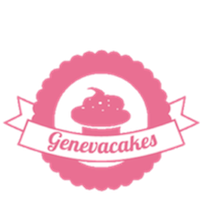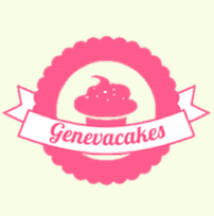Categories
- EDIBLE PRINT
- BAKING TOOLS
- Big quantities
- BIRTHDAY
- CAKE DESIGN TOOLS
- CAKE POPS AND HARD CANDY
- COLORS & PENS
- COOKIE CUTTERS
- COOKING TOOLS
- CUPCAKES
- FONDANT & +
- FRENCH PATISSERIE
- INGREDIENTS & MIXES
- MOLDS, PANS,...
- MOVE & PRESENT
- OTHER SWEETS
- PARTIES & EVENTS
- SEARCH BY BRAND
- SEASONAL
- SPRINKLES, SUGAR PEARLS ...
- Summer hits
- WORKING WITH CHOCOLATE
- WORKING WITH SUGAR
-

Decora Sugar decoration witch, 6 pieces
3.00 CHF 6.90 CHF
This page offers some important background information on Swiss additives legislation (link here) as well as some important reminders about the proper use of the decorations for your cake creations.
General reminder:
Dyes - differences in regulations between countries
What is allowed in the US is not necessarily allowed in Europe/Switzerland. The most obvious case is Red 3/E127,, which is banned in pastry in Europe (except for candied cherries). It is therefore important to check all pink, red or purple American products.
Switzerland applies tolerances on the relative amounts (in micrograms per kilo) of certain colours (or the sum of dyes used), e.g. E124 (red). Checks are regularly carried out in cantonal laboratories.
Some dyes (e.g. Progel) already display information about the maximum quantity per kilogram of finished product. This must be taken into account.
Azo dyes are synthetic dyes that contain an azo compound (i.e. two double bond nitrogen atoms) in their molecular structure. These are currently the most contested dyes. Their presence requires the inclusion of the phrase “may cause attention deficit and activity disorders in children”. These dyes are:
- E 102 (tartrazine),
- E 110 (sunset yellow FCF),
- E 122 (azorubine, carmoisine)
- E 124 (cochineal red A, ponceau 4R)
- E 129 (allura red AC)
- E 104 (quinoline yellow WS). Quinoline yellow is not an azo dye but is also suspected of triggering allergies and promoting hyperactivity in children.
Non-toxic or edible?
Some products are marked “non-toxic, for decorative use only”. These products can only be used on decorations that can be removed before serving. The most obvious example is the Sparkle Range of Rainbow Dust. This can be used on flowers that will be removed but not directly in cupcake frosting.
Sugar flowers and real flowers
Wire or flowers should not be stuck directly into the cake. Put caps on the ends of the wire or wrap them in plastic film. Do not use real flowers on your cake without finding out if they are toxic, whether they have been sprayed with pesticides or are sufficiently clean.
















